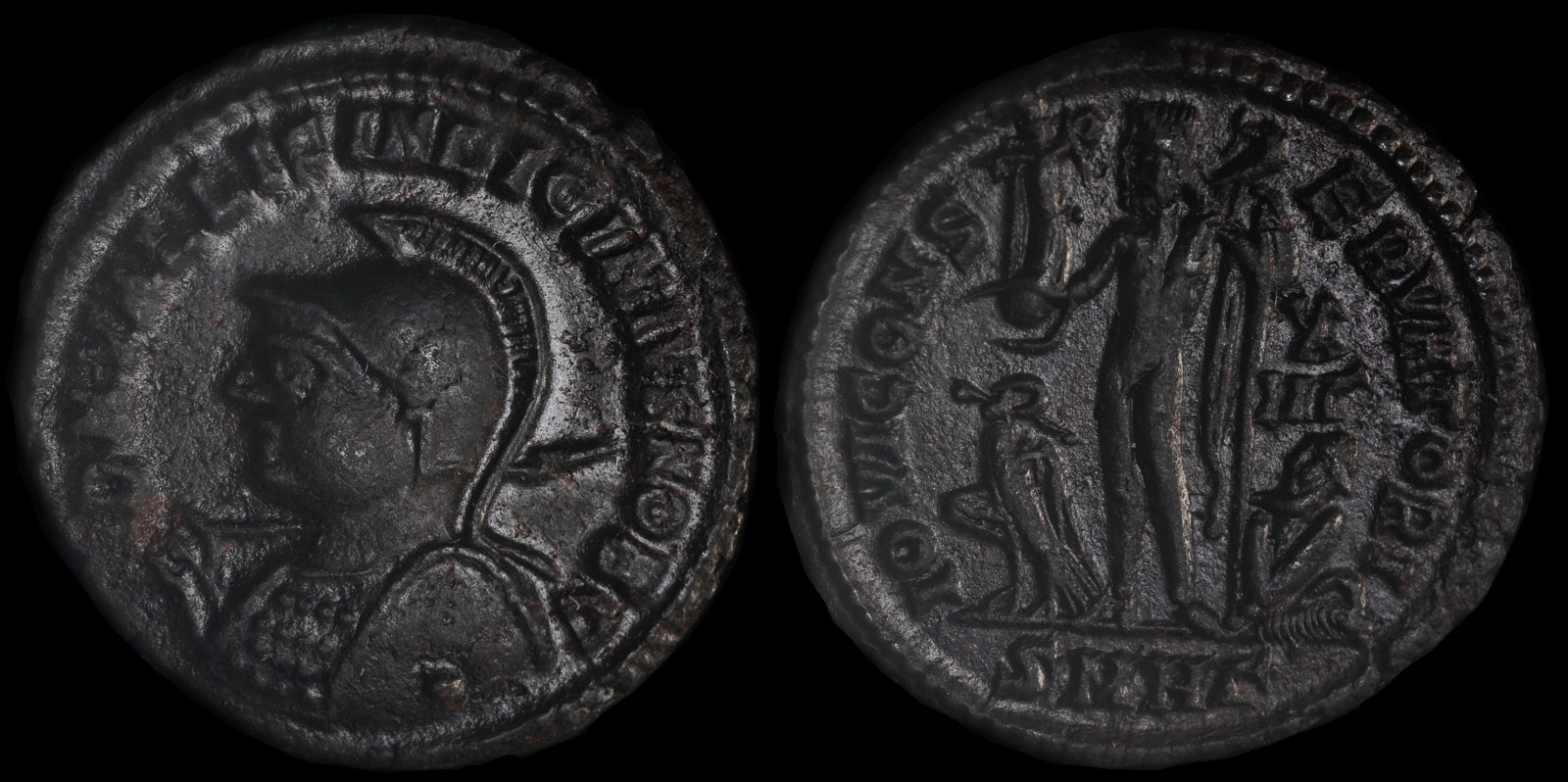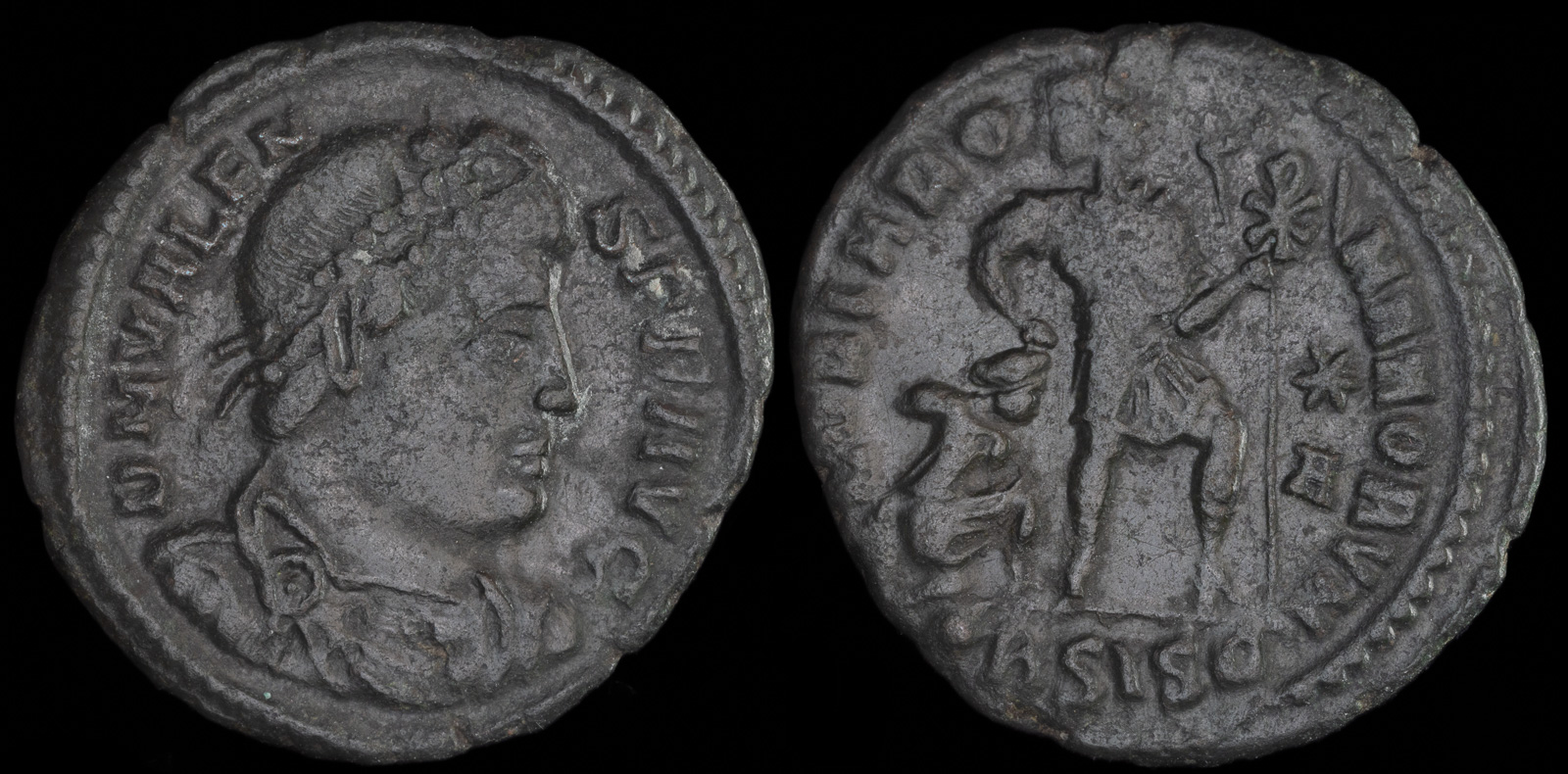Captive
View All Tags
In Roman coinage, the imagery of captives was most commonly associated with the triumphal coin types issued after successful military campaigns. The captured enemies were frequently shown in a submissive or bound position, often with their hands tied behind their backs or kneeling in defeat. These visual representations underscored the power imbalance between the conqueror and the conquered, reinforcing the Roman ideals of imperial superiority. A famous example can be seen in coins from the period of the Roman Republic and Empire, where the captives are depicted in the context of a victory, often alongside trophies, weapons, or other symbols of conquest, highlighting the humiliation of the defeated and the glory of Roman military prowess.
The symbolism of the captive also served as a reminder of the cost of war and the human toll it took on the vanquished. While Roman coins featuring captives celebrated military success, they also served to publicize the expansion of the empire and the subjugation of foreign peoples. For the people of Rome, such coins functioned as propaganda tools, reinforcing the idea that the Roman state was both a military and cultural force, spreading its influence across the known world. By depicting captives from places like Gaul, Judea, or the Germanic tribes, Roman coinage conveyed the message that the empire’s reach was vast and unchallenged.
In addition to their role in victory coins, the images of captives were sometimes used to emphasize peace and the restoration of order after conflict. The captivity of enemy leaders could signal the conclusion of a war and the return to stability under the authority of the victorious ruler. Coins featuring these depictions might be issued during or after a Pax Romana-style peace, symbolizing the subjugation of rebellious provinces and the imposition of Roman law and order over previously chaotic regions. These depictions often carried deeper moral and political implications, asserting that the fate of the captives was a necessary part of maintaining the stability of the empire.

Licinius II, as Caesar
Heraclea, 321-324 CE
BI Nummus 3.63g, 21mm, 12h
D N VAL LICIN LICINIVS NOB C, helmeted and cuirassed bust to right, holding spear and shield /
IOVI CONSERVATORI, Jupiter standing to left, holding Victory on globe and eagle-tipped sceptre, eagle holding wreath at feet to left, captive seated to right; X over IIΓ in right field, SMHΓ in exergue.
RIC VII 54
Ex Terner Collection

Valens
Siscia 364-367 CE
AE 2.66g, 19mm
Obv: D N VALENS P F AVG, pearl-diademed, draped and cuirassed bust right.
Rev: GLORIA ROMANORVM, Emperor advancing right, dragging captive and holding labarum; star above A in right field, •BSISC in exergue.
RIC 5b